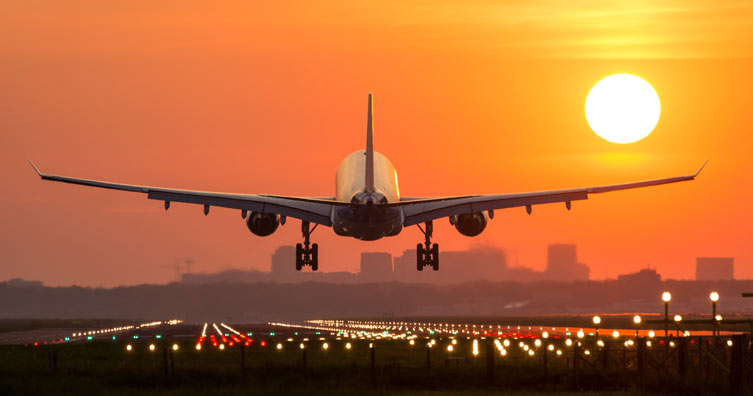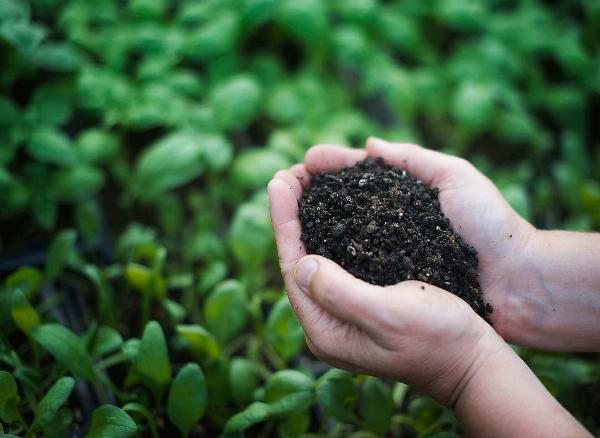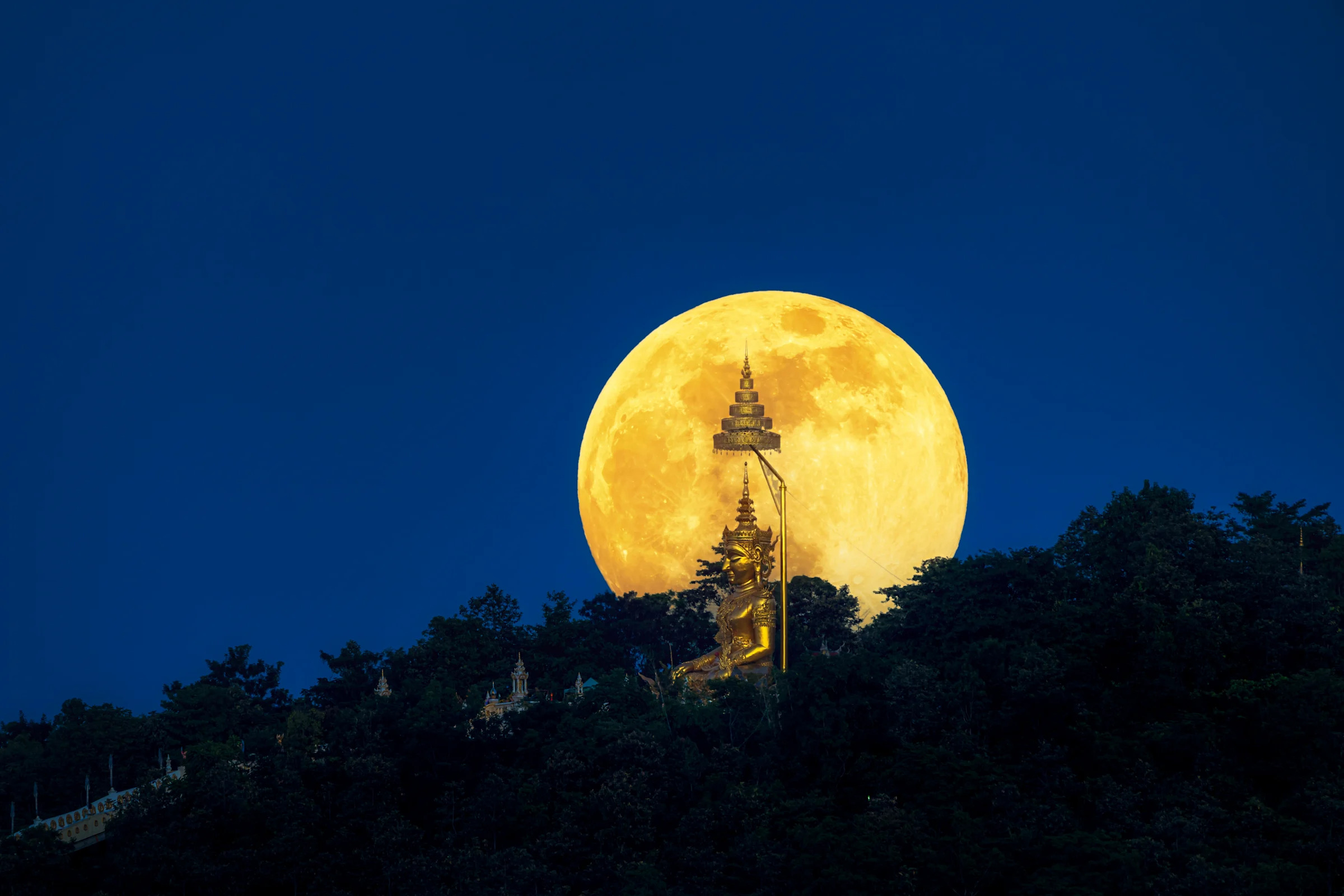
Get ready for a celestial treat that's twice as nice! This weekend brings us the magnificent Sturgeon Moon, and for once, Mother Nature is giving us a rare bonus: two spectacular viewing opportunities instead of the typical one.
What makes this Sturgeon Moon special?
The Sturgeon Moon will officially reach peak fullness at 3:55 a.m. ET on Saturday, August 9th, but here's where things get interesting. Unlike most full moons that offer just one prime viewing window, this lunar spectacle will grace our skies with equally stunning appearances on both Friday and Saturday evenings. It's like getting a celestial encore performance.
This double feature happens because of the moon's unique positioning in August. When viewed from mid-northern latitudes, the full moon sits low in the southern sky, far south of the celestial equator. This creates a shallow rising angle that compresses the usual 50-minute delay between successive moonrises down to just 30 minutes. Translation? Two nights of prime moon-gazing instead of one.
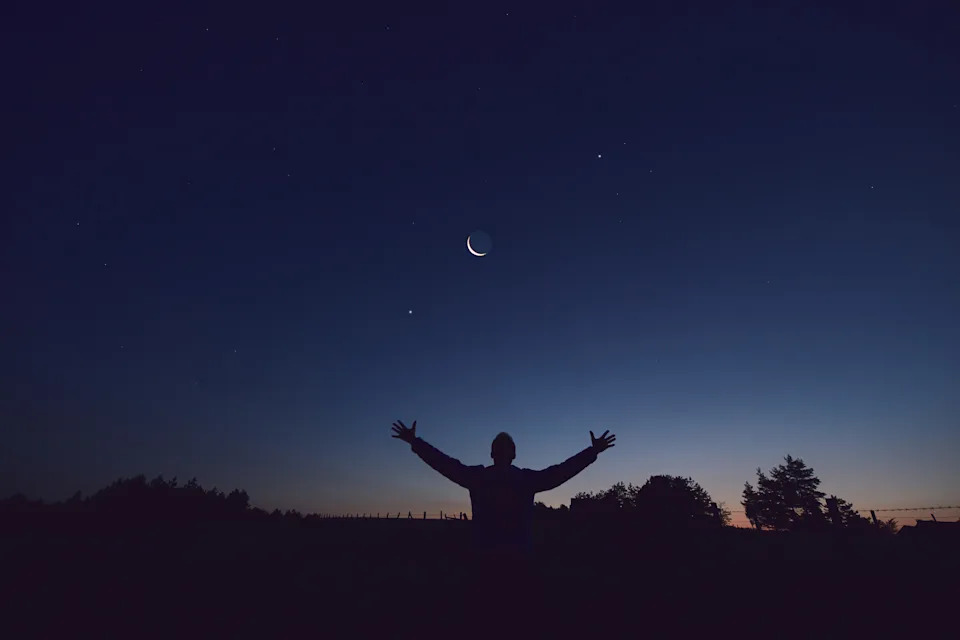
The story behind the name
So why "Sturgeon Moon?" The name comes from the abundance of sturgeon fish in the Great Lakes during August, a time when these ancient, massive fish were traditionally easiest to catch. But different cultures have their own beautiful names for August's full moon. The Anishinaabeg people call it the Wild Rice Moon, while other North American tribes know it as the Green Corn Moon or Grain Moon, marking the late summer harvest season.
AdvertisementAdvertisement#_R_1a3ckr8lb2mav5ubsddbH1_ iframe AdvertisementAdvertisement#_R_2a3ckr8lb2mav5ubsddbH1_ iframeThe Cree refer to it as the Flying Up Moon, celebrating young birds taking their first flights, while the Assiniboine people call it the Black Cherries Moon, when these fruits ripen to perfection. Each name tells a story of the natural rhythms that have guided human communities for generations.
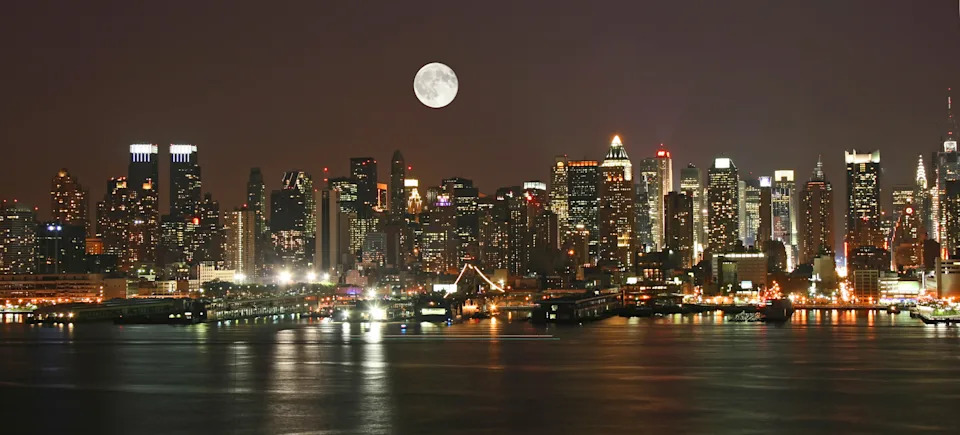
How to catch the show
Here's your viewing schedule: In New York City, the Sturgeon Moon will rise at 8:03 p.m. ET on Friday (just one minute after sunset!) and at 8:32 p.m. ET on Saturday. Both moonrises will happen during that magical dusk period when the sky is dark enough to showcase the moon's brilliance while the landscape remains softly illuminated.
The beauty of full moons is their accessibility — you don't need to escape to the wilderness to appreciate them. "Even if you're in a big city with a lot of city lights, you can really appreciate the full moon," noted Kelsey Young from NASA's Artemis II mission. That said, stepping away from urban light pollution will reward you with an even more spectacular view.
While your naked eye will capture the August full moon glory, binoculars or a telescope can reveal fascinating details on the lunar surface — those mysterious dark patches (called maria) and bright crater rays become crystal clear.
Bonus sky watching
Don't put away those binoculars just yet! August also treats early risers to a planetary parade. Venus and Jupiter will appear close together in pre-dawn skies, with Mercury joining the show later in the month. Mars makes its appearance in the western sky right after sunset.
This Sturgeon Moon also kicks off a fantastic season of lunar events, with supermoons coming in October, November, and December. But for now, step outside this weekend and let August's glorious Sturgeon Moon remind you why humans have been moon-gazers since the dawn of time.
 Yahoo CreatorJacqueline KehoeJacqueline is a travel, nature, and science writer based in Wisconsin. Follow her work on Yahoo Creators—or find it in the wild at publications like National Geographic, Smithsonian, Travel + Leisure, and more.FollowFollow
Yahoo CreatorJacqueline KehoeJacqueline is a travel, nature, and science writer based in Wisconsin. Follow her work on Yahoo Creators—or find it in the wild at publications like National Geographic, Smithsonian, Travel + Leisure, and more.FollowFollow


